On the afternoon of December 22, the National Council for Education and Human Resources Development held the 4th meeting of the Higher Education Subcommittee to give opinions on "Solutions to implement interconnectivity between education levels and training levels in the national education system".
Also attending were members of the National Council for Education and Human Resources Development, members of the Higher Education Subcommittee, experts and managers from central and local agencies and a number of universities and colleges.
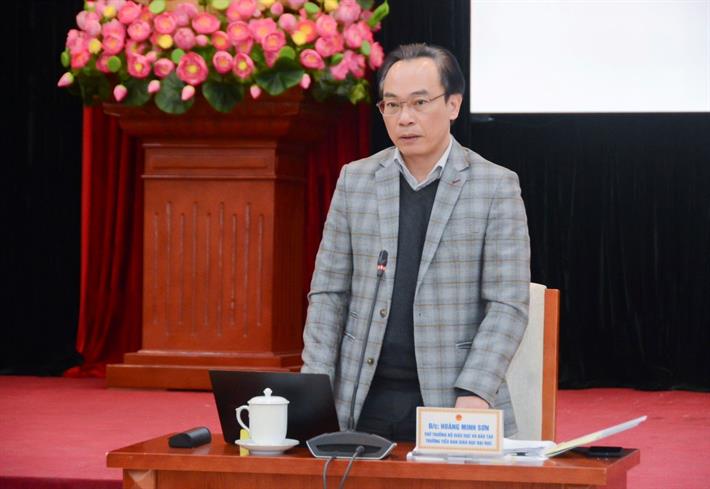
Deputy Minister Hoang Minh Son (Photo TL).
According to the report on the results of joint training between intermediate and college levels with university levels in the period 2017-2023 of the Subcommittee on Higher Education: The total number of higher education institutions in Vietnam is currently 243 schools (not including schools in the defense and security sector), of which the number of higher education institutions with joint training is 134 schools, accounting for 49% of the number of training institutions.
This shows that the need for interdisciplinary teaching and learning is relatively large.
Surveys and statistics show that Preschool Education and Primary Education are the fields with the greatest demand for joint training because these two fields are still trained at intermediate and college levels.
In addition, the fields of Law, Economic Law, English Language, Accounting, Pharmacy, Nursing, Medicine, Economic Law, Electrical and Electronic Engineering Technology are also fields of training at intermediate and college levels.
Therefore, to meet job requirements as well as improve qualifications, the number of students wishing to go to university is very large.
There are two forms of joint training: regular and work-study, in which each form has different subjects: from intermediate to university, from college to university and from university to university (second degree).
Among the 134 schools that offer joint training, schools can offer both formal and part-time training, or only offer formal or part-time training, and can offer one or more different levels depending on the needs of learners and the training capacity of the school.
Although the most schools organize formal training from college to university, the number of training programs in the form of work-study from college to university is greater with 411 programs.
The reason for this is because the majority of people who study in the bridging program are people who are already working and studying in the bridging program to meet work needs.
Therefore, the form of work-study is suitable, helping learners to maintain their current job while improving their knowledge and qualifications.
Currently, for regular joint training, 39% of training institutions use the form of reviewing records, 23.4% use the form of entrance exam and 29.9% combine entrance exam and reviewing records for admission.
Regarding training organization methods, 53.2% of training institutions organize separate bridging training classes, 28.6% combine separate regular bridging classes with classes with regular students, and 18.2% organize regular bridging students to study in the same classes with regular students.
At the meeting, experts and education managers participated in discussions and exchanges and said that, although many results were achieved in the training process at higher education institutions, the implementation of articulation between levels of education still encountered some difficulties such as the regulation on the number of training quotas not exceeding 20% of the regular quota, causing many schools that wanted to reduce the regular quota and receive more articulation quotas but could not do so;
The transfer training from vocational education to university education lacks output standards at each level in a sector, profession and conditions to ensure quality for output standards...
Speaking at the meeting, Deputy Minister of Education and Training Hoang Minh Son commented: In reality, the current interconnected system is organized and implemented in a very diverse manner.
Although the policies are aimed at opening up opportunities and creating learning conditions for learners, that does not mean it is easy and must be implemented in accordance with the law.
Along with that, although inter-university training is facilitated, it still has to respond and adapt to changes in the labor market.
The Deputy Minister also emphasized the need to ensure quality in the training process. Quality lies in the need for specific regulations on input conditions, output conditions, volume, and program duration.
Along with that, the Deputy Minister said that in the training process, it is necessary to ensure fairness, equality and transparency for all learners.
It is necessary to research to ensure the rights of learners, especially tuition fees, and give priority to each group.
From there, the Deputy Minister noted that in the process of drafting the Decree regulating the articulation between levels of education and training in the national education system, there should be general and specific parts for each subject and profession.
The Deputy Minister requested the Ministry of Labor, War Invalids and Social Affairs to participate and coordinate more strongly in the process of drafting the Decree;
At the same time, add more basis and analyze data more carefully by field, by industry, by subject to detect bottlenecks and causes.
To make joint training more effective, the Drafting Committee of the Decree regulating the joint training between levels of education and training in the national education system needs to have statistics, comparisons, and full evaluations of practice.
In particular, it is necessary to conduct surveys at training facilities and enterprises to have a basis for drafting the Decree before submitting it to the Government.
Source





![[Photo] Prime Minister Pham Minh Chinh chairs the Government's online conference with localities](https://vphoto.vietnam.vn/thumb/1200x675/vietnam/resource/IMAGE/2025/10/5/264793cfb4404c63a701d235ff43e1bd)

![[Photo] Prime Minister Pham Minh Chinh launched a peak emulation campaign to achieve achievements in celebration of the 14th National Party Congress](https://vphoto.vietnam.vn/thumb/1200x675/vietnam/resource/IMAGE/2025/10/5/8869ec5cdbc740f58fbf2ae73f065076)
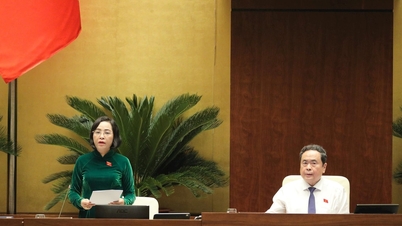






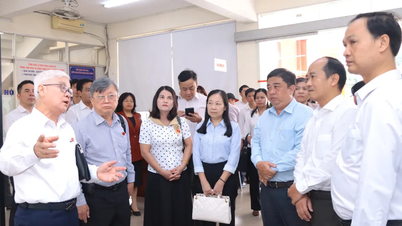


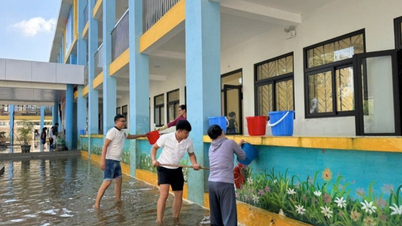





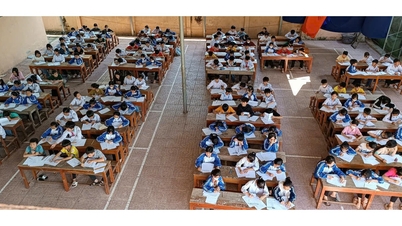

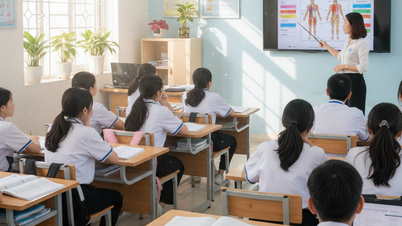






























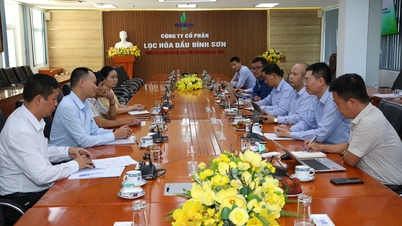





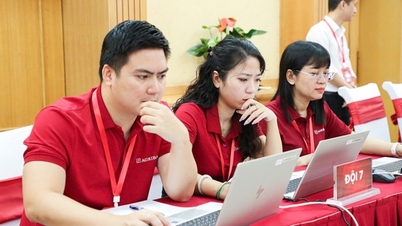


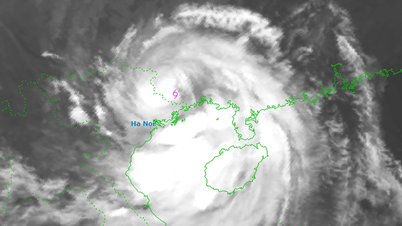






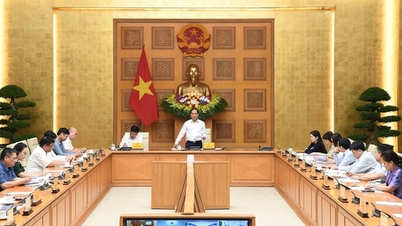




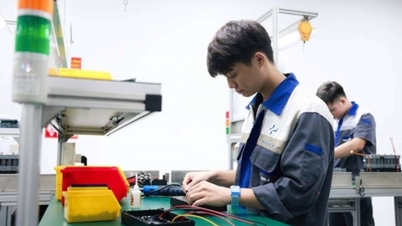

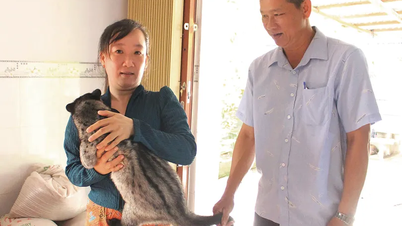

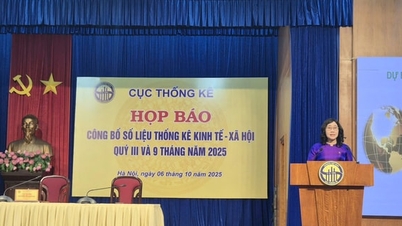



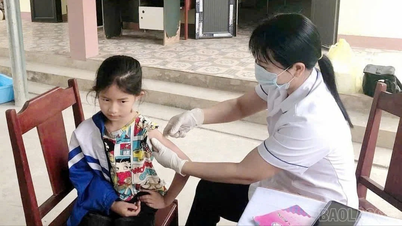

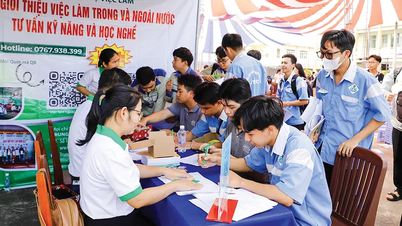












Comment (0)